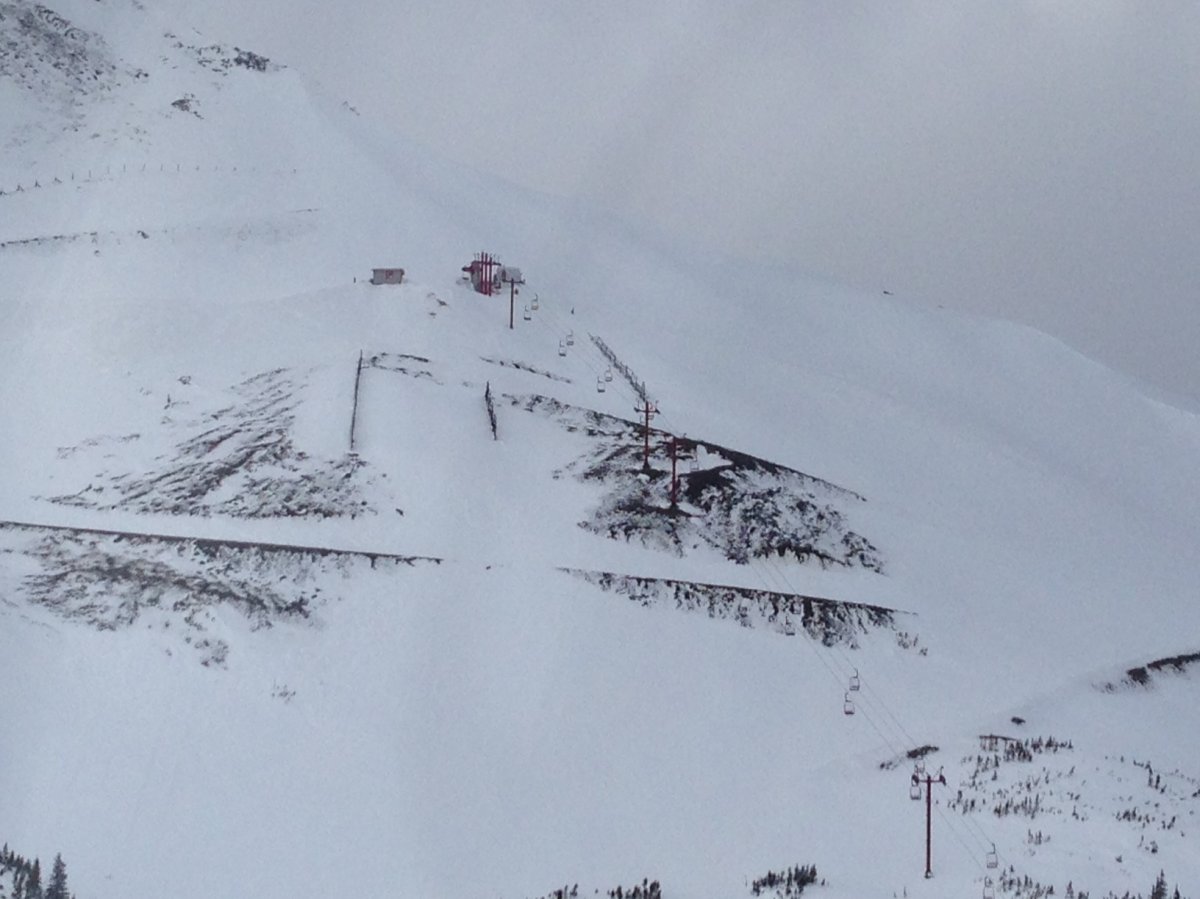CROWSNEST PASS- It’s been a bit of a challenge to find snow in southern Alberta this winter. Record breaking temperatures melted away the snow almost as quickly as it came. To find any snow, you have to go up – way up to the mountain peaks. At those higher elevations, it’s a different story.

Scott Campbell with The Alberta Environmental Monitoring, Evaluation and Reporting Agency, also known as AEMERA, says the snowpack changes year to year.
“I think the biggest thing to note this year is that we don’t have very much snow, if any snow, at lower elevations.”
AEMERA tests the snowpack throughout the province, using the data to manage water levels.
“We’re out here doing our monthly snow survey run, which is used to find what the water content of the snow is, which is used for water supply forecasting. It provides information to our forecast centre so they can tell our dam operators what they can expect for runoff,” adds Campbell.
The Lethbridge office tracks the area from Waterton to west of Chain Lakes Provincial Park, monitoring nine different locations.
The West Castle Snow Survey Site is one site that sits at a lower elevation and Campbell says it has seen running water all year round.

“Very little snow, below 50 percent of average and Castle Mountain Ski Resort is a tribute to that number as well,” said Campbell, referencing the ski hill that was forced to close due to the lack of snow earlier this year.
But, the higher you go, the more snow you’ll find. At high elevations the snowpack is around average for this time of year, but that doesn’t mean rivers and streams will be spilling their banks.
“Maybe a fairly average runoff year, maybe a little below since we don’t have that runoff from the lower elevations.”
The snowpack that AEMERA tracks runs into tributaries that feed into the Oldman River Dam.
“It gives them a good idea of how much water they need in that dam and how much they can expect for spring runoff so they can be prepared for that inflow.”
Monitoring the snowpack is just one aspect of predicting runoff. Campbell says it involves much more than simply judging the amount of snow in the mountain peaks.
“A lot of the floods here in Alberta are based on June rainstorms. It’s a precipitation event, not necessarily a runoff event.”











Comments